
This is an amazing tree - the Speckled Alder (Alnus incana subsp. rugosa) - it is related to the birch tree. The catkins are edible and are supposed to taste awful (probably because of the salicylic acid). The image above is of the female catkins that have dried out.

The image above is of female alder catkins that are still unripened - I suspect that these are the edible form - survival food containing proteins and starches. I found it especially interesting to learn that the tree roots contain nitrogenous nodules (similar to how clover plants do, etc...), and these are about the size of a potato. I hope you found it especially interesting too... :-)

Common chicory (Cichorium intybus) is in abundance - in fact they line the highways and roads near my home. It is also known as Coffeeweed, because the roots can be roasted, ground up and used either as a coffee substitute or additive to extend your coffee supplies.

The blue flowers are radiant.

Canada Goldenrod (Solidago canadensis) is a bright yellow flowering weed - not to be confused with the infamous Ragweed. In Germany, it is touted as a herbal treatment for urinary tract disorders (inflammation, infection, etc...) and as a way to treat, and even prevent kidney stones. The preparation is a tea made from the leaves (in the picture above, you can see the smooth, elongated green leaves - that look a little like willow leaves).
I have had kidney stones and they hurt. If I feel one coming on, I'll drink a little Goldenrod tea... in addition to visiting my family doctor.

Good old Staghorn Sumac (Rhus typhina). Next time you see one, grab a few of the tiny flowers on a bud like above, and put them on your tongue... there is an intense, acidic, ascorbic acid kind of flavouring to it - as though you have put lemonade powder in your mouth. And indeed - it contains ascorbic acid. A cold-steeped drink, filtered through cloth to remove the irritating fuzz tastes really nice. I've made a pleasant drink from this flower in a Nalgene bottle before. Quite nice - and great if you are suffering from Scurvy... By the way, if you use hot or boiling water, bitter tannins will leach out and make for an unpleasant drink.

The Grape vine tendrils reach out and capture everything that they can reach.

American Winterberry (Ilex verticillata) grows rampant in these parts. We have one at the bottom of our backyard, they line the parking lot at my work and are scattered amongst the valley. The bright berries sit on the trees for a long time, because the quality of the berries is poor (low in protein and lipids) - and birds preferentially eat other berries first... I ate a berry the other day on my way into the car after work - and it left an awful, bitter quinine-like (combined with subtle overtones of camphor and naphtha gas) flavour in my mouth for nearly 15 minutes. But they aren't toxic - just nasty.

One of my favourites is the European Rowan or Mountain Ash (Sorbus aucuparia). The dense clusters of fruit above are also considered poor-quality fruit for birds and animals - and I understand why (other than it having low protein and lipid yields)... it doesn't taste very nice, but nothing as nasty as the Winterberry. Apparently shortly after the first frosts, the berries develop a sweet flavour. We'll see.

When I was a kid, we had one of these growing on the front lawn. It had grey, smooth bark and I loved to climb it. I would grab handfuls of the berries and throw them about.

At the time, my Dad worked at Rowntrees (chocolates) and I thought that the tree was a Rowntree-tree. It made sense at the time, but I often wondered how it came to be that we had a tree named after my Dad's work in the front yard.

I'm not sure what this pink clustered flower is - anyone?
Well - that's it for tonight - more soon!
Cheers,
Mungo















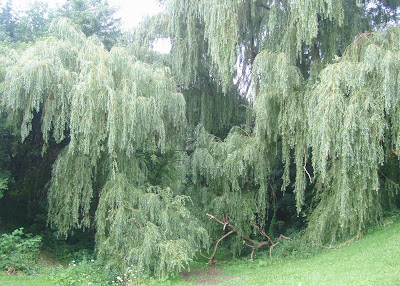
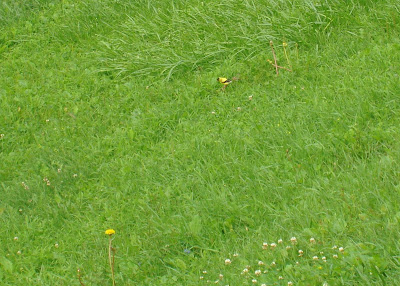
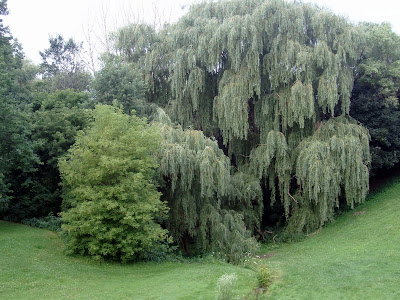



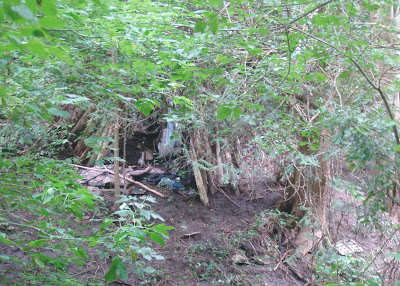
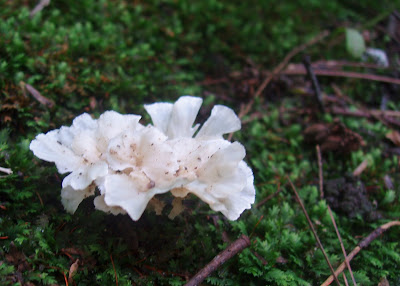

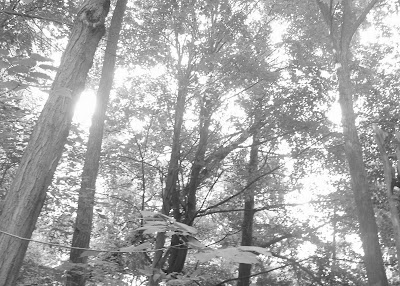
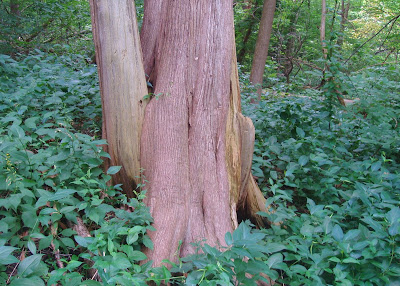
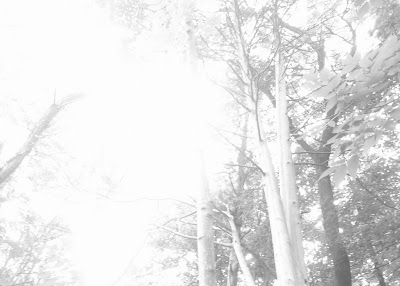



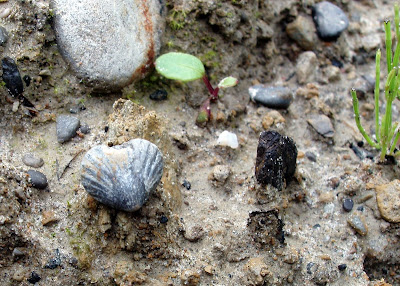


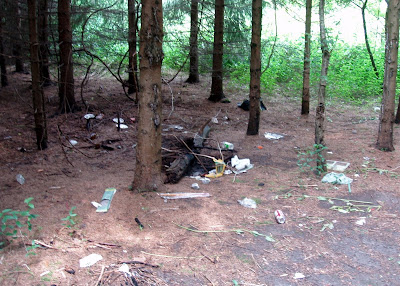
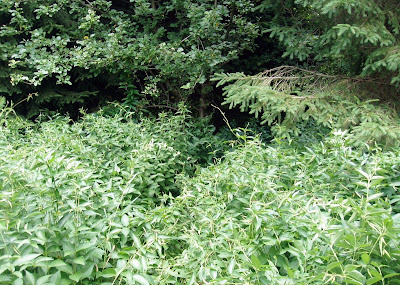
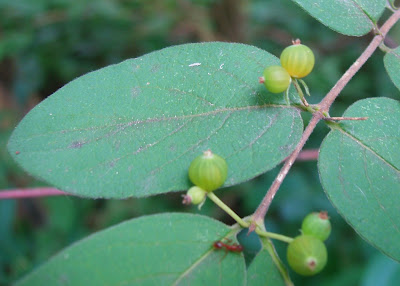




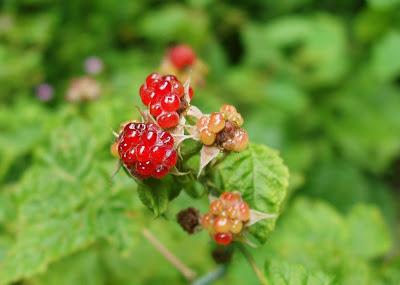
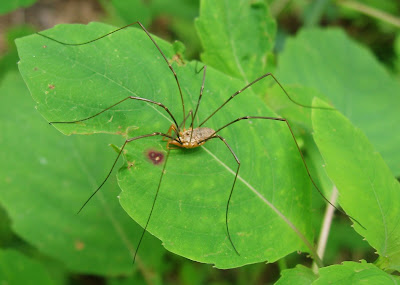








.JPG)

